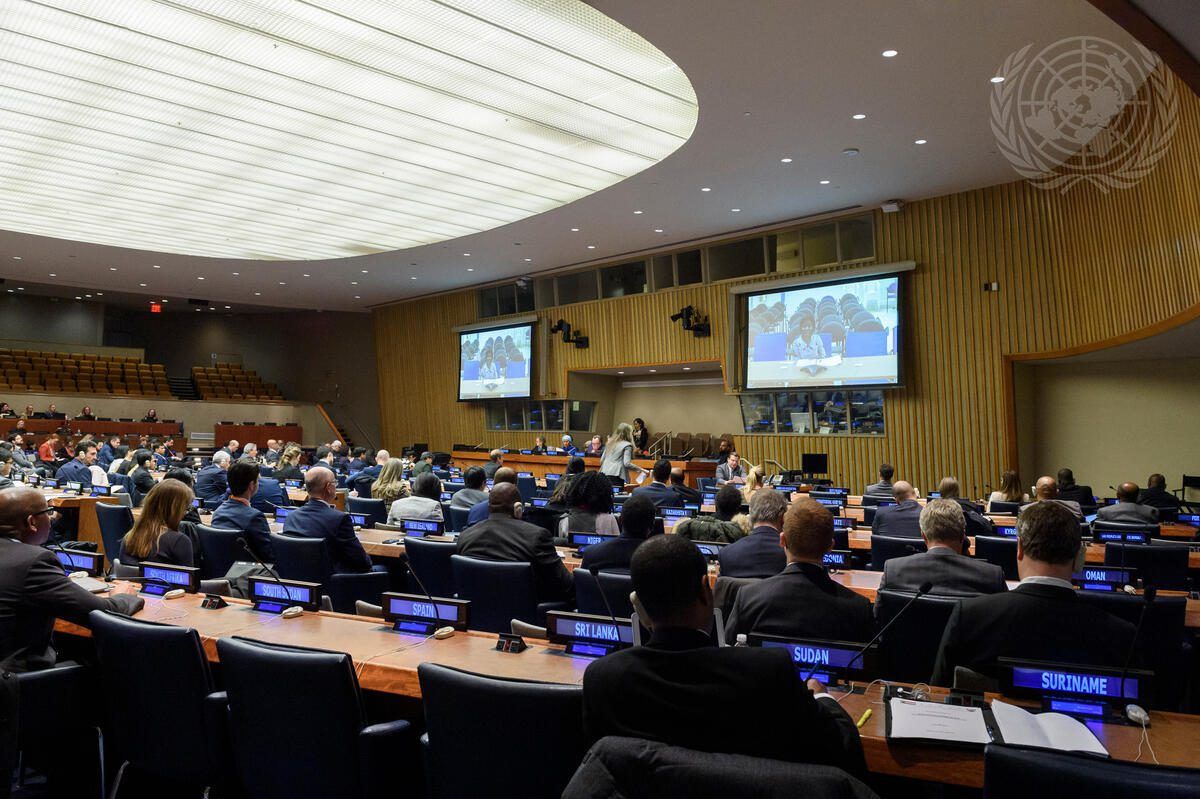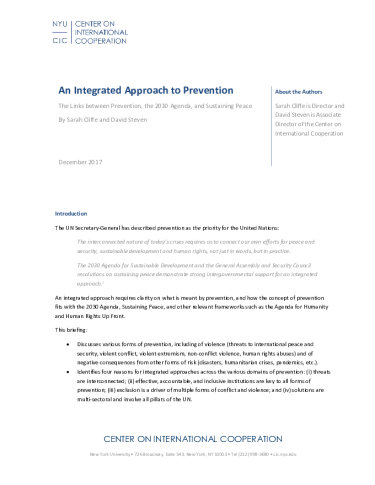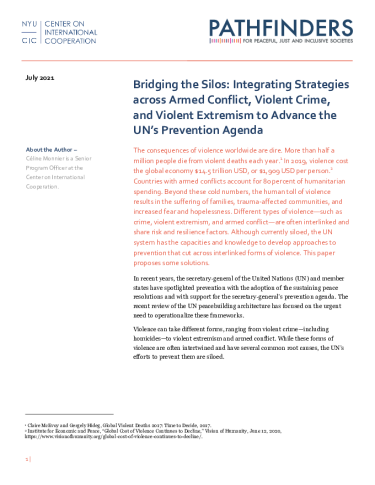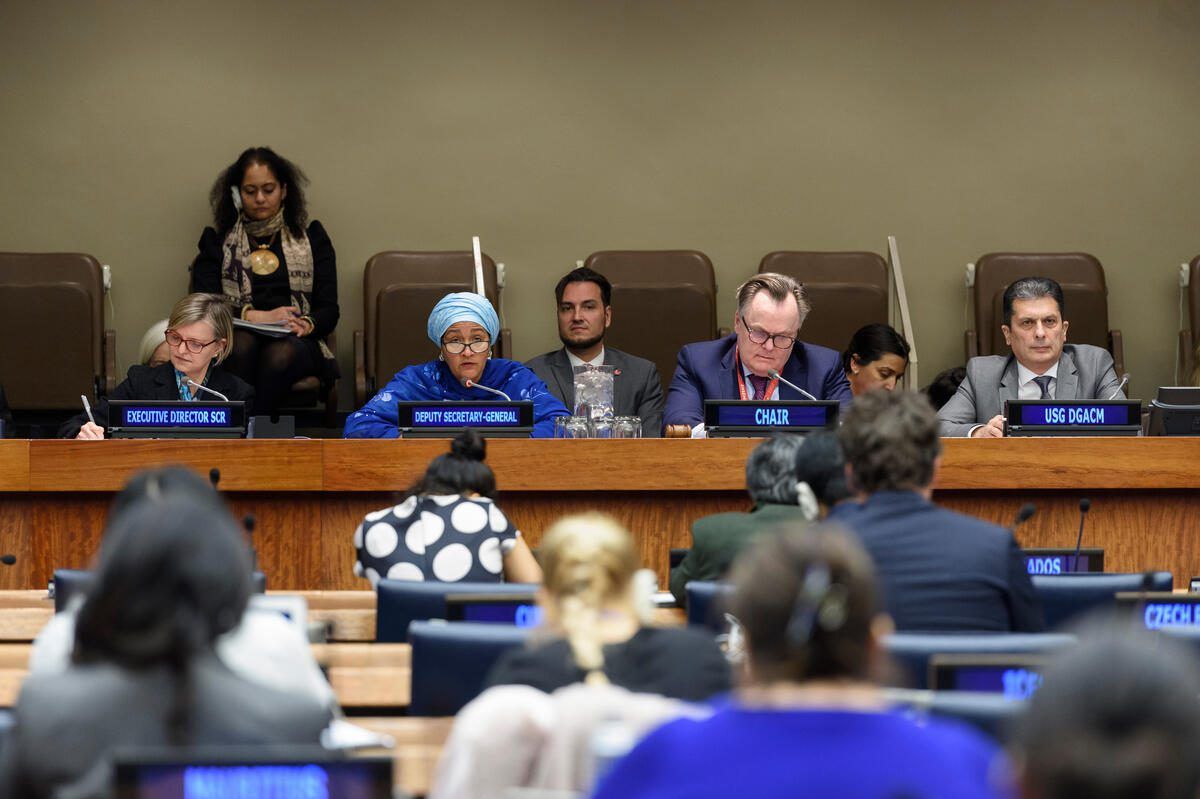
Array
(
[thumbnail] => https://s42831.pcdn.co/wp-content/uploads/2022/04/un7839873_de6_-150x150.jpeg.optimal.jpeg
[thumbnail-width] => 150
[thumbnail-height] => 150
[medium] => https://s42831.pcdn.co/wp-content/uploads/2022/04/un7839873_de6_-300x200.jpeg.optimal.jpeg
[medium-width] => 300
[medium-height] => 200
[medium_large] => https://s42831.pcdn.co/wp-content/uploads/2022/04/un7839873_de6_-768x511.jpeg.optimal.jpeg
[medium_large-width] => 768
[medium_large-height] => 511
[large] => https://s42831.pcdn.co/wp-content/uploads/2022/04/un7839873_de6_-1024x682.jpeg.optimal.jpeg
[large-width] => 1024
[large-height] => 682
[1536x1536] => https://s42831.pcdn.co/wp-content/uploads/2022/04/un7839873_de6_.jpeg.optimal.jpeg
[1536x1536-width] => 1200
[1536x1536-height] => 799
[2048x2048] => https://s42831.pcdn.co/wp-content/uploads/2022/04/un7839873_de6_.jpeg.optimal.jpeg
[2048x2048-width] => 1200
[2048x2048-height] => 799
[gform-image-choice-sm] => https://s42831.pcdn.co/wp-content/uploads/2022/04/un7839873_de6_.jpeg.optimal.jpeg
[gform-image-choice-sm-width] => 300
[gform-image-choice-sm-height] => 200
[gform-image-choice-md] => https://s42831.pcdn.co/wp-content/uploads/2022/04/un7839873_de6_.jpeg.optimal.jpeg
[gform-image-choice-md-width] => 400
[gform-image-choice-md-height] => 266
[gform-image-choice-lg] => https://s42831.pcdn.co/wp-content/uploads/2022/04/un7839873_de6_.jpeg.optimal.jpeg
[gform-image-choice-lg-width] => 600
[gform-image-choice-lg-height] => 400
)
Do Recommendations Really Have Influence?
- Uncategorized
The Case of the 2020 UN Peacebuilding Architecture Review
Across 2020, the United Nations (UN) invited contributions to its Peacebuilding Architecture Review (PBAR). On paper, a consultative process is a good idea. But in practice, participants can come out of it frustrated. The PBAR was no exception. Most contributors looked at the secretary-general’s report in the hope of seeing their recommendations reflected—but apart from general statements with which few could disagree, the report focused mainly on providing examples of UN’s successful activities. Contributors were left to wonder if their inputs benefitted from enough attention to justify the hours and resources invested in the process.
To rescue these efforts from oblivion, CIC undertook—with the support of the UK Foreign, Commonwealth & Development Office—a daunting task: extracting the recommendations from the more than 70 papers that were submitted for the PBAR. Close to 800 recommendations from the UN, member states, civil society organizations, Independent Eminent Persons, and Peacebuilding Commission (PBC) consultations were consolidated in a matrix.
This tool is publicly available here.
When we started this process, none of us expected such an overwhelming quantity of information. Reviewing all of them sparked two fundamental questions:
- Do we know how to craft constructive recommendations?
- And does the UN have the capacity to absorb them?
Unconstructive recommendations
A few observations will quickly show why those questions came to mind. Recommendations were often too vague to be acted upon. For example, the target implementer was omitted or the recommendation was directed to the UN as a whole. This gap means that no one can be held accountable for considering—let alone implementing—the recommendation, as social psychology teaches us that when something is the responsibility of all, no one feels responsible. Vagueness manifested itself in other ways, as many recommendations left the reader wonder: Ok, but how? There was a huge leap in imagination required to understand how a good idea might be implemented.
Beyond this, a fair number of recommendations were essentially bland exhortations that few would disagree with but none could act upon—a langue de bois for the peacebuilding architecture. These can be deadly because they do not commit anyone to anything, and yet they are hard to criticize as they are so general.
Too much information?
Dealing with nearly 1,000 recommendations coming from over 70 documents yields a number of practical challenges. First is that many duplicate one another, perhaps with slight differences in language. Second is that they are often not new. Finally, recommendations may be contradictory or in a worst-case scenario, based on shaky or unreliable evidence. This presents a challenge of having to evaluate and make a judgment about the quality of the recommendations, including a review of the evidence base.
At the same time, many recommendations were excellent. But that in itself triggers its own problem. How do you make sure these good recommendations—which may number in the hundreds—get read and influence the process? How to avoid an outcome where recommendations may be selected to support a pre-made narrative, because there is just too much information?
One wonders if any UN entity, let alone a smaller office like Peacebuilding Support Office (PBSO), has the resources for such an undertaking. It should be no wonder that recommendations are cherry picked or that there are unspoken, pre-set expectations for recommendations. What are the types of recommendations that are most likely to gain attention in this overwhelming sea? Some actors reported that their recommendations had been perceived as “too specific” to be included, creating confusion as to what was expected from them.
Three opportunities to do better
If there is anything that we hope we can learn from the hours spent classifying the recommendations in the PBAR recommendations matrix, it is some advice on how to make the best of these difficult consultative processes in the future. Three opportunities come to mind:
- Adopt a data collection system. PBSO, if it really wants to fairly take into account all recommendations, should build a data collection system to gather all the recommendations. While it could still accept narrative reports, there should be a way to collect individual recommendations as standalone items. Even using Google Forms, which pops data into an Excel file, would help—rather than having to derive recommendations from long narrative reports, which requires discerning exactly where the recommendations are and even “what counts” as a recommendation (it wasn’t always clear). To do this, there should be an allocation in PBSO’s budget to support the data collection process (possibly supplemented by voluntary contributions from interested donors). Our experience tells us that it would be much easier to organize the structure of the data beforehand than to try to do it again after the fact. Just this once, CIC has developed it: the PBAR Matrix (you’re welcome!).
- Improve the quality of recommendations to improve the political uptake. Over the short-term, all of us interested in a particular topic—for instance Youth, Peace, and Security—can use the PBAR Matrix to review (sometimes vague) recommendations and work in our own ways to make them more operationalizable. In the long term, PBSO should develop a one-page guideline on actionable recommendations for its consultations. This guideline should then be factored into the data collection system design (mentioned above). For instance, each recommendation should clearly specify what actor it is directed to, a time frame for implementation, and a proposed process for implementation.
- Ask for change: consolidate and monitor. A tremendous amount of work has been put in producing the recommendations. It would be an incredible waste of resources to put them in a drawer and forget about them. Many recommendations cover the same topics, and this is excellent news. It provides opportunities for PBSO and/or interested allies—e.g., on Women, Peace, and Security—to organize dialogues or other processes to consolidate the recommendations into 1) a manageable number, 2) with actionable outcomes, and 3) that can be monitored. It is important for this process to involve several stakeholders to ensure wide support and provide legitimacy. A suggestion made to us was to adopt a tool similar to the Agenda for Humanity, in which stakeholders can make specific commitments to support one area of the matrix. The next step—and most crucial one—is to develop indicators to monitor the implementation, so we do not reinvent the wheel process after process.
Head over to CIC’s Peacebuilding Architecture Review Matrix to dig further into the PBAR recommendations!
Photo credit: A wide view of the Peacebuilding Commission meeting on the 2020 review of the peacebuilding architecture.(UN Photo/Loey Felipe)
More Resources
-
-

An Integrated Approach to Prevention: The Links between Prevention, the 2030 Agenda, and Sustaining Peace
An integrated approach to crisis and conflict prevention requires clarity on what is meant by prevention, and how the concept of prevention fits with the 2030 Agenda, sustaining peace, and other relevant frameworks such as the Agenda for Humanity and Human Rights Up Front.
-

Bridging the Silos: Integrating Strategies across Armed Conflict, Violent Crime, and Violent Extremism to Advance the UN’s Prevention Agenda
This policy paper makes the argument that the UN can and should adopt a more integrated violence prevention strategy across these three forms of violence. It draws from desk review of UN and academic documents, interviews with UN staff working on different types of violence prevention across the UN system, and a workshop among them.
Stay Connected
Subscribe to our newsletter and receive regular updates on our latest events, analysis, and resources.
"*" indicates required fields


